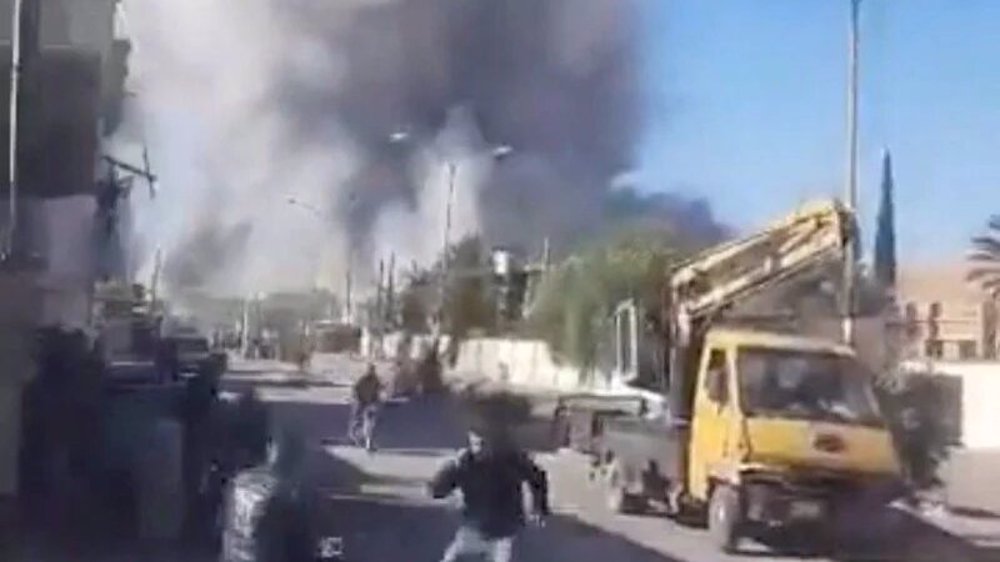Jordan conducts 56 raids on ISIL positions in Syria
The Jordanian army's jet fighters have carried out 56 retaliatory airstrikes in three consecutive days against the strongholds of Takfiri ISIL militants in northern Syria, after the immolation of a Jordanian pilot held hostage by the terrorist group.
"We achieved what we aimed at," Air Force chief Gen Mansour al-Jbour said referring to “punishment and revenge” vow for the killing of the 26-year-old pilot, Moaz al-Kassasbeh, who was seen in a video trapped in a cage, surrounded by flames and burnt alive by ISIL terrorists last week.
The pilot was captured in December when his plane went down in northern Syria during a mission against the terrorist group.

Jbour further added that the Jordanian forces are “determined to wipe them (ISIL) from the face of the Earth,” noting that the three successive days of air assaults were “just the beginning' of campaigns.”
Jordan says the strikes are focused on ISIL stronghold in the northern city of Raqqa.
According to officials, the strikes targeted the militant’s weapon depots, training centers, warehouses and military barracks.
Meanwhile, the United Arab Emirates announced that it has deployed a squadron of F-16 warplanes to a Jordanian air base to conduct joint air strikes along with Amman’s armed forces.
Jordan and the UAE are part of a so-called US-led military coalition that has purportedly been bombing militant targets in both Syria and Iraq since last year. They have carried out their operations without any authorization from Damascus or a UN mandate.
Many believe the air raids have been ineffective as ISIL is still in control of large swathes of land in Syria and Iraq.
Since the brutal killing of the Jordanian pilot, the country has intensified airstrikes on the hideouts of the ISIL militants.
Washington says the strikes in both Iraq and Syria target ISIL, but there is skepticism on both sides of the border about the real objective of the airstrikes.
The ISIL terrorists were initially trained by the CIA in Jordan in 2012 to destabilize the Syrian government.
HJM/NT/AS
VIDEO | Hezbollah rains attack drones down on elite Israeli brigade
Leader: All captains of criminal, Zionist, terrorist gang must be prosecuted
Iran further raises its oil prices for Chinese buyers: Report
Iran to launch major pressure-boosting projects in South Pars
VIDEO | Escalation amid ceasefire talks
EU's Borrell says ICC arrest warrants for Israeli leaders binding
VIDEO | Press TV's News Headlines
VIDEO | Massacre in Pakistan’s Parachinar sparks outrage









 This makes it easy to access the Press TV website
This makes it easy to access the Press TV website